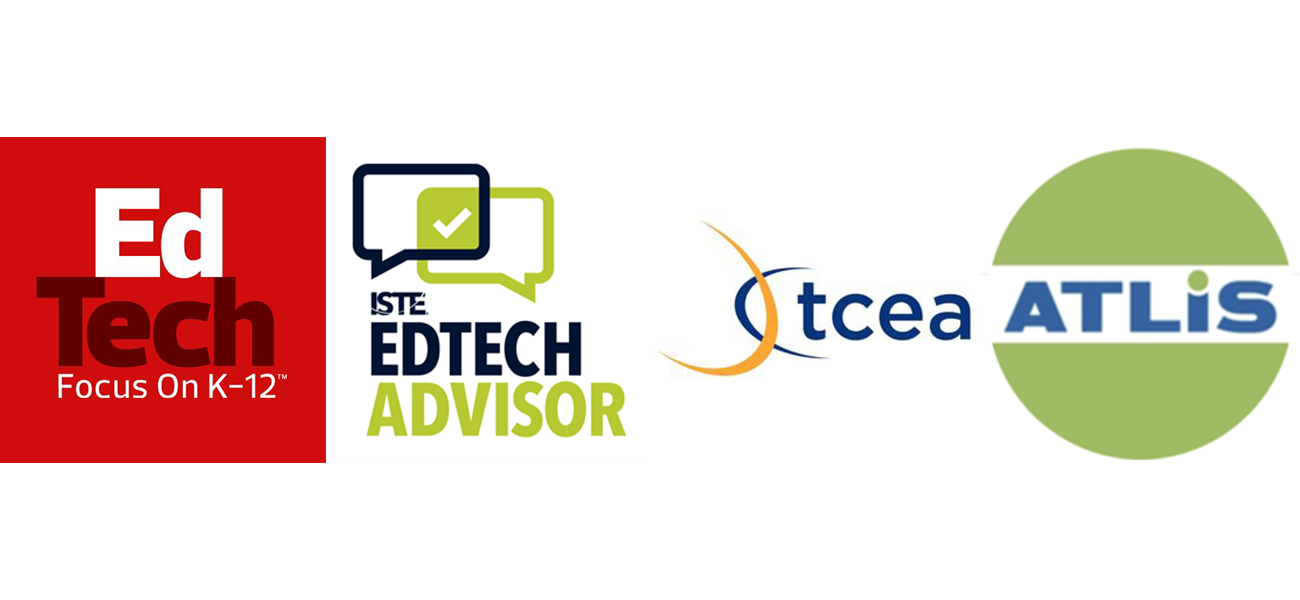1:1 Program Interview with Brian Sossamon of Trinity Episcopal School
We recently interviewed Brian Sossamon, the Director of Technology from Trinity Episcopal School. Trinity Episcopal School is a K-8 independent co-ed day school founded in 1999 in a rented house just outside of Austin, near the University of Texas campus, with an inaugural class of 13 first graders. Trinity now has nearly 550 students, more than 100 faculty and staff, and six buildings on a 21-acre campus.

SDC: Introduce yourself to the readers.
Brian: I am Brian Sossamon, the Director of Technology for Trinity Episcopal School in Austin, TX. I have been in education for close to twenty years. In the capacity of a Lower School technology teacher, Systems/Enterprise Engineer to Director of Technology.
SDC: How long has your district run it’s 1:1 program?
Brian: We have been 1:1 since the 2011/2012 school year.
SDC: What types of processes and procedures have you put in place to ensure 1:1 program success?
Brian: We are an Apple device school with MacBook Airs and iPads. We have a robust MDM Solution called FileWave that plays an integral part in our 1:1 program. From setting up the device and deploying applications to configuration and license management. We also utilize VPN through our Palo Alto Firewall. The Firewall allows us to filter web traffic along with application filtering. This is the most important part to remote learning these days.

SDC: What qualities do you look for when selecting a device for students?
Brian: We need ease of management and scalability of the devices. We could easily have chosen Chromebooks as our device for 1:1 but found it lacking in horsepower to run some of the applications that are part of our curriculum. We chose the MacBook Air 13" for our 5th through 8th grade students. Our Kinder through 4th grade use iPads.
SDC: Do you have a favorite 1:1 device, and why?
Brian: The iPad is my favorite just because of the ease of management with our MDM. When we unbox the device we only have to connect it to WiFi, drop the device in the grade level group in FileWave, and the applications automatically download and install.
SDC: What does your deployment cycle normally look like?
Brian: We refresh our devices every three years with iPads and MacBooks having a 2 year space between refresh. We also participate in a device buyback with an Apple approved vendor. They provide a white glove service of picking up the old devices and giving us a fair market value after evaluation. This money coming back into the budget is a great offset to fund projects that otherwise would need to be part of our Capital Budgeting every few years. This program is a great ROI when it comes to the refresh cycle.
SDC: What are some of your favorite EdTech blogs or resources?
Brian: EdTech Magazine, ISTE, TCEA, and The ATLIS.

SDC: How would you describe the changes you have seen in the quality of instruction in your district since you began the 1:1 program?
Brian: The technology does not drive the instruction, the instruction drives the technology. We reinforce the classroom so that instruction is enhanced by tech.
SDC: What are the instructional goals you hope to accomplish in your 1:1 program?
Brian: I believe we have met those goals with being 1:1 for 8 plus years.
SDC: What are 2 things you wish someone would've told you or warned you about before you started your program?
Brian: The amount of time and prep work needed before you implement needs to be priority. We thought we put enough time and planning but when we went live we realized that more time would have helped. But with anything you do in life, sometimes you plan to the best of your abilities and take a leap of faith. We took the leap and with minor setbacks and learning opportunities, it was a success.
SDC: Do you have any words of wisdom for Directors of Technology in school districts who are planning their first-ever 1:1 device program rollout?
Brian: I would say "Research, Research, Research". Your infrastructure needs to be evaluated before even considering 1:1. If your network can barely handle your current load you need to upgrade. We upgraded the entire infrastructure to handle the capacity of traffic these devices used inside and out of our network.